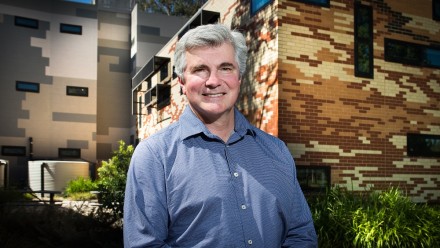How Australia's meat industry could be part of the climate solution
I would see paddocks blowing away in the wind,” laments pastoralist Charlie Arnott, as if confessing a crime. “That was confronting. Did I make that happen? Did decisions I make allow that topsoil to blow away?”
It was about 15 years ago, as the millennium drought baked the life out of his farm in Boorowa, south-west of Sydney, that Arnott resolved to put a stop to the gusts of dirt being lost to the sky.
When drought returned in recent years, Arnott and a growing collection of sustainability-minded pastoralists were better prepared for the challenge – and so was the soil beneath their feet.
In the intervening period, Arnott had wholly embraced regenerative agriculture, a catch-all term that covers everything from grazing practices that attempt to emulate how grassland animals feed in the wild to unproven biodynamic rituals that involve burying cow horns filled with manure beneath the earth.
“The topsoil blowing away was the symptom, but the actual problem was the way I was grazing,” Arnott says. “I loved my cattle more than I loved my grass.”
Instead of spreading his Shorthorn cattle out across his 2,000-odd hectares of land, these days Arnott keeps the livestock together in larger groups and rotates them through pastures.
The idea is to let their manure fertilise the soil and their hooves churn up the ground to create divots for new growth, before the pasture is left for an extended period to regenerate.
Read the full article on The Guardian website, featuring work by The Australian National University











